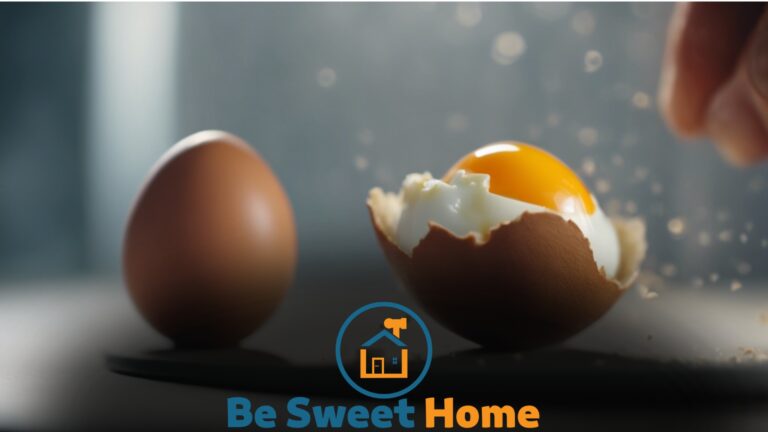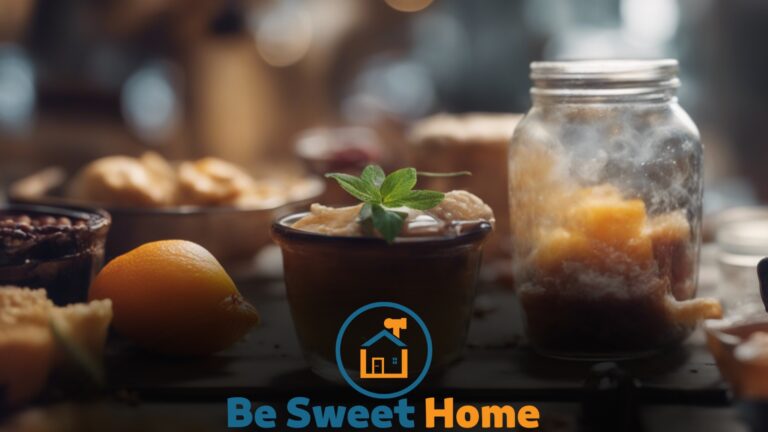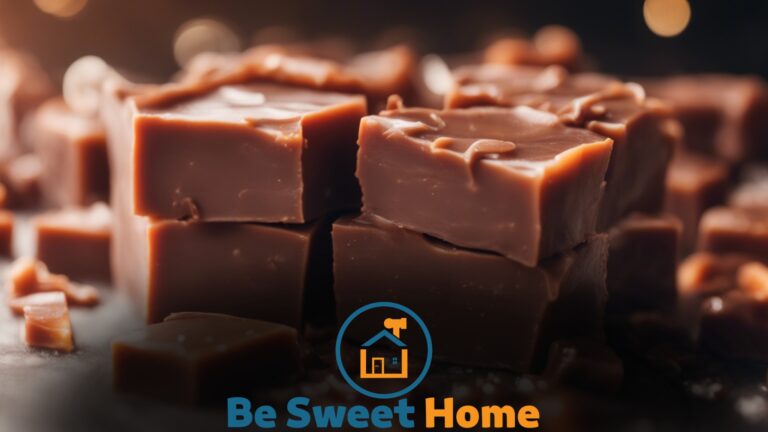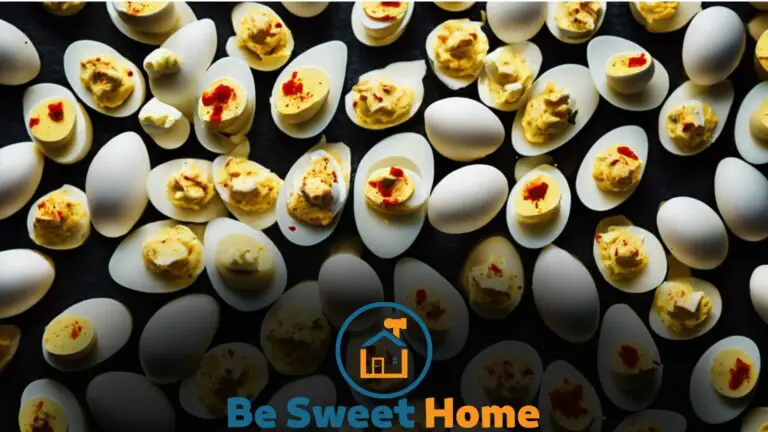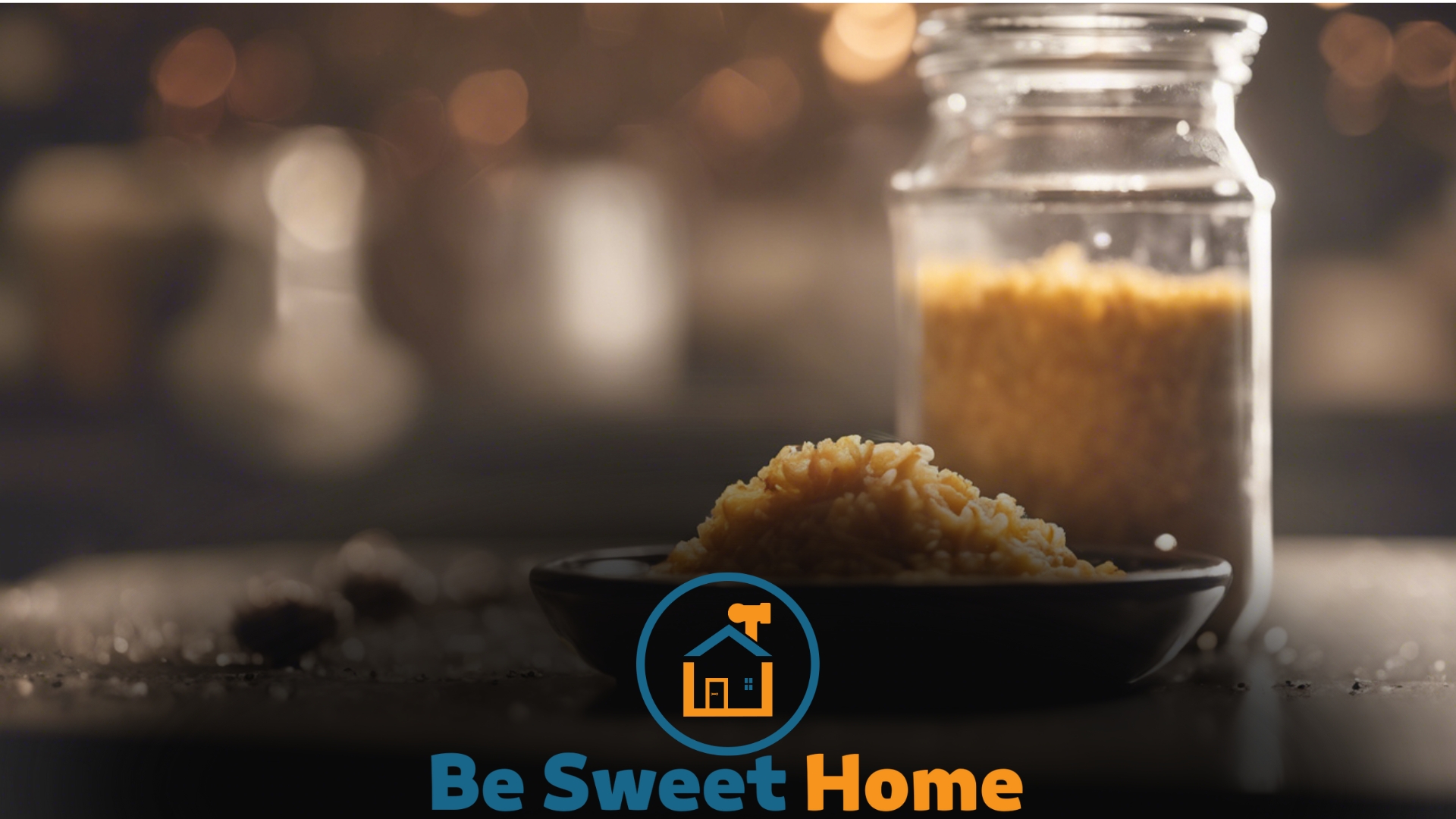

A recipe is a culinary guide for preparing food, while a formula is a precise set of instructions often used in scientific or manufacturing contexts. Both serve as a roadmap to achieve a desired outcome but differ in application and complexity.
Recipes and formulas represent step-by-step instructions, but they cater to different domains.
Recipes deeply rooted in the culinary arts provide a list of ingredients and a method for preparing and cooking dishes.
They allow for personal tweaks and variations, emphasizing creativity and personal taste in the kitchen.
On the other hand, formulas require exactness and consistency, which are crucial in chemistry, pharmaceuticals, and product manufacturing.
Precision in measurements and processes is non-negotiable to ensure reproducibility and safety.
Whether baking a cake or mixing a chemical compound, following a systematic approach is fundamental.
Understanding the distinction enhances our appreciation for the structure and flexibility each provides in its respective sphere.
Recipe vs. Formula: the Basics
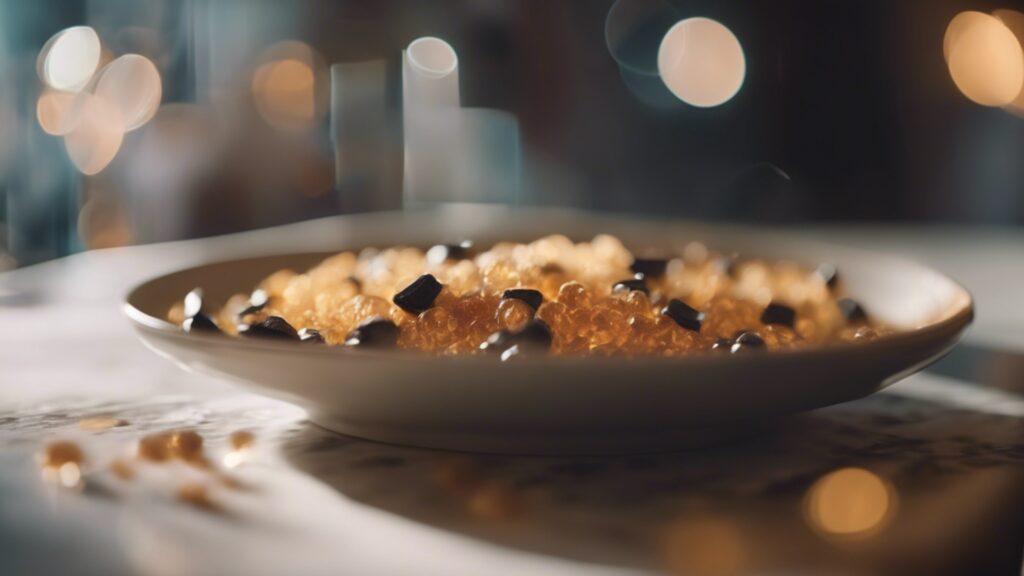

Welcome to the enlightening world of Recipe vs. Formula: The Basics. Understanding the difference shapes mastery over crafting delightful dishes or practical products.
Both terms imply a list of needed components.
They outline steps to create something new. Yet, their nature and use in different fields mark the key distinctions.
Defining a Recipe
A recipe serves as a guide for culinary creation. It’s a set of instructions tailored for cooking or baking.
Recipes combine ingredients in specific quantities. They create delightful flavors and dishes.
A fundamental aspect is adjustability. Chefs can tweak recipes. This allows personality and innovation to blossom in the kitchen.
- Ingredients: Includes foods and spices.
- Measurements: Usually forgiving, can be adjusted.
- Steps: Simple or complex. Often open to interpretation.
Defining a Formula
In stark contrast, a formula signifies a precise method. It’s essential in scientific endeavors and manufacturing.
Accuracy in components and proportions ensures consistency and safety. A formula is crucial to reproduce the same product every time.
The margin for modification is minimal. Precision drives the success of the outcome.
- Components: Chemicals, elements, or compounds.
- Ratios: Strict, with no room for error.
- Process: Detailed to ensure reliable results.
A recipe may offer a dash of this or a pinch of that. A formula will require grams or moles. Break a recipe, and dinner might taste a bit off.
Break a formula, and the consequences can be far more severe. Recognizing this distinction is vital, whether in the kitchen or the lab.
Culinary Creations: Dive Into Recipes
Culinary Creations: Dive into Recipes captures the essence of cooking as an art form. Recipes, unlike formulas, are not just about precision but are a canvas for personal expression.
They are guides that encourage experimenting and adapting. This section explores what sets recipes apart from formulas in the world of cooking.
The Role of Flexibility in Recipes
Flexibility is the heart of culinary recipes. It allows cooks to adjust ingredients to their liking or availability.
For instance, substituting spices can transform a dish to suit a new cuisine. Recipes provide a foundation but embrace variations.
- Ingredient measurements can vary, unlike in strict formulas.
- Techniques like baking temperatures or cooking times can change based on equipment or preference.
- Recipes encourage personal touches, making each dish unique.
Recipes: Cultural and Personal Taste
Recipes reflect the rich tapestry of cultures and personal tastes. Family traditions and regional flavors shape how recipes are created and shared across generations.
Personal preferences steer the creation of new variations, making each recipe reflect individuality.
| Cultural Influence | Personal Preference |
|---|---|
| Local ingredients | Favorite spices |
| Traditional cooking methods | Health-conscious adjustments |
| Festive dishes | Experimental flavor combinations |
Recipes vary widely, involving both culture and taste. They may start with the same foundation but evolve distinctly.
They become unique to the cook and the audience they are meant to delight.
Precise Mixtures: Understanding Formulas
When chefs create delicious meals, they follow recipes. But in the world of science and industry, formulas take center stage.
Unlike recipes, formulas are not just lists of ingredients. They are scientific guides to creating exact compositions.
These precise mixtures are vital for products that require consistent reliability. Medicines, cleaning agents, and construction materials are perfect examples.
Each formula is a roadmap to a product that must perform the same every single time.
Formulas in Industrial Contexts
Industrial formulas are the backbone of manufacturing. They touch every part of our daily lives.
Industrial formulas dictate their creation, from the plastic in our phones to the fuel in our cars. Without these blueprints, mass production would face chaos.
- Chemical production: Requires specific methodologies to ensure safety and efficacy.
- Food industry: Utilizes formulas to maintain flavor, texture, and nutritional content.
- Pharmaceuticals: Depends on exact formulas to produce safe and effective medications.
The Necessity for Accuracy
In the world of formulas, accuracy is not an option but a requirement. Tiny deviations can lead to product failure or even pose hazards.
Therefore, the industry adheres to strict procedures.
Impact on End Results
The distinction between a recipe and a formula is significant, especially when considering the end results they produce.
Whether you’re baking a cake or manufacturing skincare products, the outcome of your efforts can be greatly affected by whether you follow a recipe or a formula.
Let’s delve into how each can influence the final product.
Outcome Variability With Recipes
Recipes provide guidelines for creating dishes. They include ingredients and steps to make a particular food item.
However, recipes can lead to varying results:
- Ingredient quality can change the taste.
- Measurements can be interpreted differently (teaspoon vs. heaping teaspoon).
- Cooking times can vary with appliance efficiency.
- Ambient factors, like humidity, can alter the outcome.
- Individual skill affects the final dish.
Considering these variables, two people using the same recipe might produce notably different dishes.
This variability is often embraced in cooking, where personal touches are part of the charm.
Consistent Quality With Formulas
On the other hand, formulas are precise instructions used in chemistry and manufacturing that ensure a consistent end product every time.
Factors contributing to this uniformity include:
- Tight control over quantities and ratios.
- Specific raw material quality standards.
- Regulated manufacturing environments.
- Exact procedural specifications.
- Testing ensures consistent performance.
Formulas leave little room for deviation. This precision is crucial for products that require predictability and consistency, such as medicines or industrial chemicals.
Adherence to the formula is non-negotiable for ensuring safety and efficacy in these fields.
Whether you’re working with a recipe or a formula, understanding their impact on the result will help you better control your product, be it a delightful pastry or a life-saving drug.
Importance in Education and Training
The distinction between a recipe and a formula is crucial in educational settings. Each plays a significant role in imparting knowledge specific to an industry or field.
This difference highlights varied approaches toward teaching and learning. Life skills, science, and practical applications merge in these education streams.
Both methods are foundational for students pursuing careers where precision and creativity intersect.
Teaching Recipes: a Culinary arts Perspective
Mastering a recipe is the building block of culinary arts. Culinary schools use recipes to teach technique, timing, and flavor profile.
Here, accuracy meets artistry. Chefs understand that a perfect dish relies on the listed ingredients and the preparation method. This enhances the student’s palate and preparation skills.
- Ingredient measurements: critical for taste and texture
- Cooking techniques: searing, baking, frying
- Plating and presentation: key in culinary arts
Educating on Formulas: a Scientific Approach
Science and mathematics often utilize formulas, which represent relationships between different variables and constants.
Instructors focus on formulas’ exactness and application when teaching them. In chemistry, physics, and engineering fields, formulas calculate outcomes, predict results, and explore theories.
Students learn to apply these formulas in real-world scenarios.
- Understanding variables: How each part affects the whole
- Computation skills: Solving complex equations
- Problem-solving: Applying concepts to practical situations
Legal and Commercial Implications
Understanding the legal and commercial implications of recipes and formulas is crucial. While both are sets of instructions, they differ significantly in legal terms. Let’s see how.
Recipes: Copyrights and Intellectual Property
Recipes hold a special place in the culinary world. Yet, their legal protection might surprise you.
Many assume recipes are protected by copyright, but this isn’t the whole story. The list of ingredients is a fact and cannot be copyrighted.
However, the way it’s written, like the expression of the method or the storytelling part, can be.
Creative aspects, such as narratives, photos, or illustrations, are intellectual property and, hence, are protected by law.
But replicating a recipe is not an infringement, as long as you are not copying the text directly. Below are some aspects of recipes that can be protected:
- The written expression of the method
- Story connected to the recipe
- Original photographs or illustrations
- Unique graphics or layout
Formulas: Patents and Trade Secrets
Formulas, especially in industries like pharmaceuticals or chemistry, are a different game. They can be shielded more robustly.
An effective formula can be a patent or a trade secret. This gives creators exclusive rights to use their formulas.
A patent protects a formula for 20 years, but the formula must be revealed publicly to be eligible.
A trade secret, like the Coca-Cola recipe, remains undisclosed. It can stay protected indefinitely as long as it’s a secret. Both have pros and cons:
| Protection Type | Duration | Public Disclosure | Protection Scope |
|---|---|---|---|
| Patent | Up to 20 years | Required | Exclusive use rights |
| Trade Secret | Indefinitely | Not required | As long as it remains a secret |
Securing a formula can lead to a significant competitive advantage. Thus, seeking legal advice to decide between patent and trade secret protection is vital.
Frequently asked Questions
Is a Formulation a Recipe?
Yes, a formulation can be considered a specific type of recipe, usually for chemical or pharmaceutical products, detailing precise measurements and procedures.
What is the Difference Between Ingredients and Formulation?
Ingredients are the individual substances used in a product, while formulation is the specific combination and process of mixing these ingredients to create the final product.
What is the Difference Between a Recipe You Might Use at Home and a Bakeshop Formula?
A home recipe is typically designed for convenience and accessibility, often using approximate measurements like cups and spoons.
A bakeshop formula is more precise, using exact weights, and is usually scaled for larger batches, ensuring consistency across multiple productions.
What is the Benefit of Formulas Baking?
Formula baking ensures consistent results, saves time by streamlining the process, and allows for easy scaling of recipes for different batch sizes.
What Defines a Recipe?
A recipe is a set of instructions for preparing a particular dish, including a list of ingredients and cooking steps.
Conclusion
Understanding the nuances between a recipe and a formula is pivotal for success in culinary and scientific fields.
Recipes guide culinary creativity, while formulas encapsulate precision in scientific endeavors.
Embrace these fundamental differences to excel in either domain, ensuring your dishes’ delight or your experiments yield consistent results.
Keep experimenting, keep learning, and watch your mastery grow.

